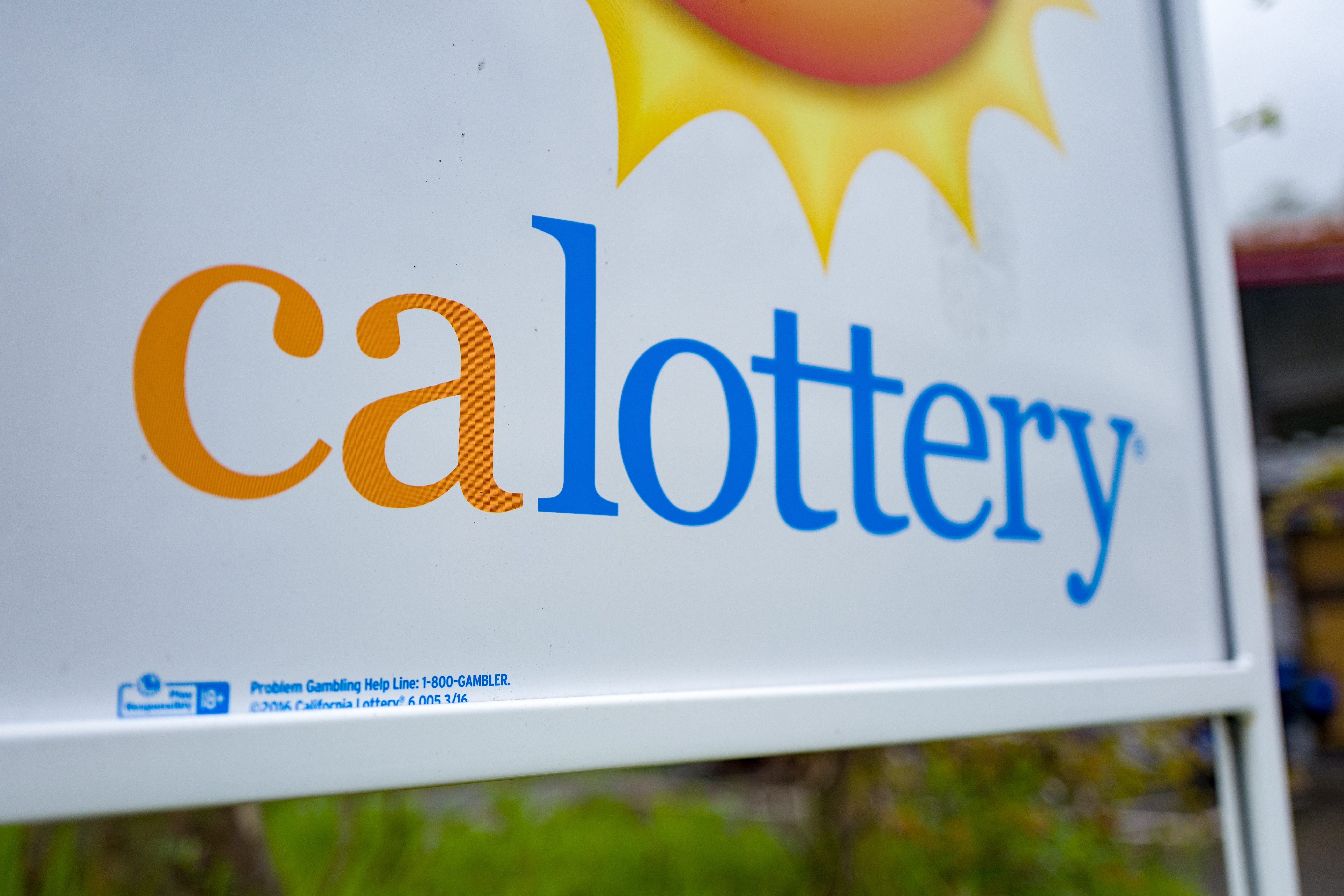Japan's Fukushima-Daichi nuclear power plant suffered yet another explosion Sunday, this time at the No.3 reactor. The country's government confirmed that it was a hydrogen explosion, similar to the one that happened Saturday.
San Diego State University professor Murray Jennex has two decades of experience testing nuclear power facilities and said radiation probably did not escape the containment structure.
"These containment structures that are around these reactors are designed to be virtually leak proof. And they're designed to withstand a meltdown or partial meltdown," said Jennex.
He said there's no way this could be like the Chernobyl power plant explosions in the Ukraine in 1986.
"Chernobyl did not have a containment structure. It just had a sheet metal building. So when that blew, it shot core material up into the atmosphere. This won't happen here," said Jennex.
While the power plants are releasing steam that contains radioactive material, it's at a very low level - much lower than what would be inside the containment structure.
Even so, Jennex said there have been reports of higher radiation around the power plant in Japan following the explosions. Those people were measured having 8-times the normal amount of radiation, Jennex said.
Local
"That's not very much. You get more exposure to radiation in the natural environment or even the Statue of Liberty," he said.
Events in Japan have some wondering about the safety of the nuclear power plant in San Onofre just to the north of San Diego.
Geologist Pat Abbott said the facility is surrounded by the San Clemente fault to the west and the Rose Canyon and Elsinore faults to the east.
"Close to it on both sides are faults that are all capable of magnitude 7.0 or 7.2. All of them haven't had one recently so it wouldn't be a surprise for one to go any day, or it could be 100 years," he said.
Southern California Edison operates the San Onofre power and has said it was designed to withstand a 7.0 magnitude earthquake but Jennex said containment structures which hold radioactive material can withstand much more.
"It is designed for quite a bit more than 7.0. So I wouldn't anticipate that even a 9.0 would cause that containment structure to rupture," he said.



